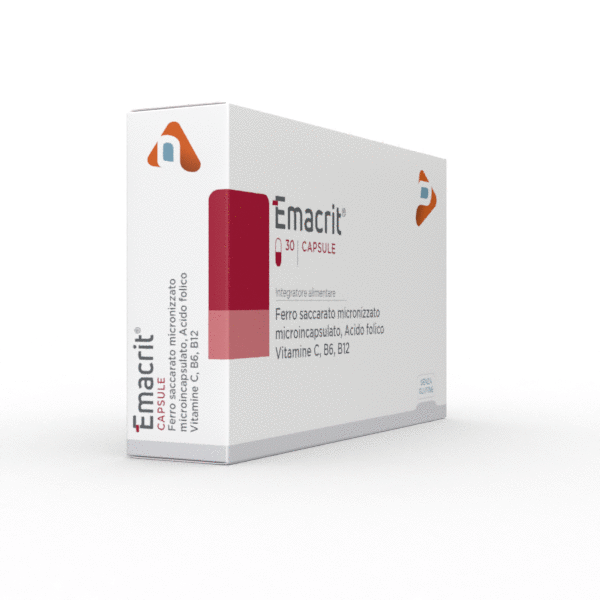The diet of Italians as a whole is good as it provides adequate intake to cover the needs of the major nutrients. An exception, however, is represented, together with calcium and Zinc, by iron, present in deficit quantities in all sections of the population, and especially in children and women of childbearing age. This was highlighted by the first Total Diet Study conducted by the Istituto Superiore di Sanità with the support of the Ministry of Health, which from 2012 to 2014 evaluated the dietary intake of the main nutrients in the Italian population.
What is iron for?
Iron is an indispensable element, essential for cellular metabolism and aerobic respiration, iron must be taken daily to maintain an adequate state of health. The body, in fact, requires iron first for the synthesis of two important proteins: hemoglobin, which allows the transport of oxygen from the lungs to the rest of the body, and myoglobin, appointed to fix oxygen inside the muscles and not only. This mineral also participates in the activity of many enzymes and the body needs it to produce certain hormones and connective tissue. The daily intake of iron recommended for adults is 14 mg, in women of fertile age it rises to 18 mg. Anemia, or the reduction in the number of red blood cells in the blood, is the first consequence of iron deficiency. The diminished capacity of the organism to distribute oxygen to organs and tissues causes a general weakening of the body and symptoms such as fatigue, gastrointestinal disorders, memory and concentration difficulties, loss of immune defenses and problems with thermoregulation.
Which foods are you in?
In food, iron can be found in the form of heme iron, quickly absorbed and in high percentages, and nonheme iron, whose absorption is equivalent to about 10% of the total food content. They contain iron and heme foods of animal origin such as liver, offal, beef, horse, guinea fowl, but also chicken, turkey, lamb, and pork. Mollusks and crustaceans, anchovies and cod, scorpionfish, Red Sea bream, Sardinian, sea bass, trout, and tuna are also rich in this type of iron. Non-heme iron, on the other hand, is present in vegetables: beans, chickpeas, lentils, lupins, raw pumpkin seeds, quinoa, and dark chocolate. While among the vegetables, they are rich in iron especially those with green leaf. Finally, hazelnuts, pistachios, almonds and, above all nuts, contain iron. However, when the diet is not sufficiently balanced, or a greater income is required, integration can be useful.
On the market, preparations are available that combine vitamin C with iron, which promotes mineral absorption, vitamins of group B (B6 and B12) and folic acid (B9) which together with iron promote normal red blood cell formation and contribute to counteracting fatigue and fatigue. Particularly comfortable are the products that contain iron in a micronized and micro-encapsulated form, highly assimilable and capable of reducing the metallic aftertaste and the classic disorders normally associated with the integration of this important mineral.


